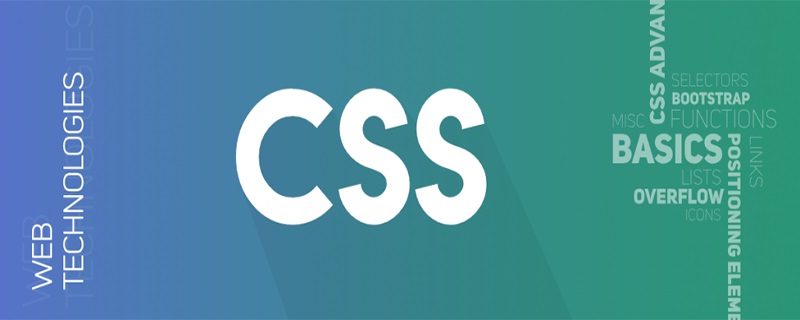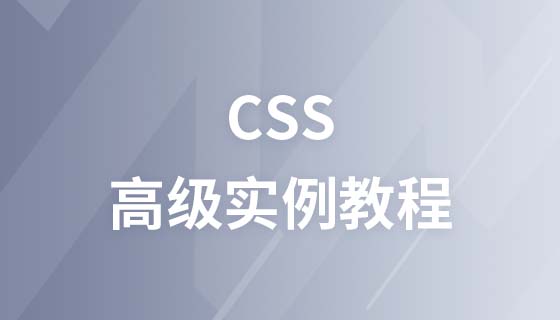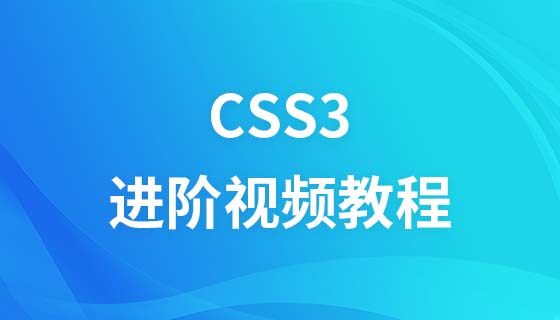
實作方法:
一、float浮動
<section class='layout float'>
<style>
.layout.float .left-right-center{
height: 100px;
}
.layout.float .left{
float: left;
width: 300px;
background-color: red;
}
.layout.float .right{
float: right;
width: 300px;
background-color: blue;
}
.layout.float .center{
background-color: yellow;
}
</style>
<article class="left-right-center">
<div class="left"></div>
<div class="right"></div>
<div class="center">我是中间的自适应元素--浮动</div>
</article>
</section>原理:左右兩個div由於浮動脫離了文檔流,center就會上移,造成三欄佈局的效果(前提是高度相同)
優點:兼容性高
缺點:需要清除浮動來防止影響其他元素
如果高度不固定,中間的內容會被撐開,左右兩邊不會一起撐開
(推薦教學:CSS教學)
二、絕對定位
<section class="layout absolute">
<style>
.layout.absolute .left-center-right div{
position: absolute;
height: 100px;
}
.layout.absolute .left{
left: 0;
width: 300px;
background-color: red;
}
.layout.absolute .center{
left: 300px;
right: 300px;
background-color: yellow;
}
.layout.absolute .right{
right: 0;
width: 300px;
background-color: blue;
}
</style>
<article class="left-center-right">
<div class="left"></div>
<div class="center">
我是中间的自适应元素--绝对定位
</div>
<div class="right"></div>
</article>
</section>原理:利用絕對定位以及寬度,將左右兩邊的div固定住,中間div的寬度就會有自適應的效果
優點:快捷
缺點:如果父元素脫離了文檔流,子元素一定會脫離文檔流,運用的場景不多
如果中間元素的高度增加,兩邊元素的高度不會增加,所以只有中間的div會撐開
三、flex佈局
<section class="layout flex">
<style>
.layout.flex .left-center-right{
display: flex;
height: 100px;
}
.layout.flex .left{
width: 300px;
background-color: red;
}
.layout.flex .center{
flex: 1;
background-color: yellow;
}
.layout.flex .right{
width: 300px;
background-color: blue;
}
</style>
<article class="left-center-right">
<div class="left"></div>
<div class="center">
我是中间的自适应元素--flex布局
</div>
<div class="right"></div>
</article>
</section>原理:將父元素設定為flex佈局,然後中間元素設定flex為1,達到自適應的效果
##優點:在實際開發中常用缺點:IE8及以下的瀏覽器不支援如果高度不固定,中間內容的高度撐開後,兩邊也會隨之撐開#四、table佈局 <section class="layout table">
<style>
.layout.table .left-center-right{
display: table;
height: 100px;
width: 100%;
}
.layout.table .left{
display: table-cell;
width: 300px;
background-color: red;
}
.layout.table .center{
display: table-cell;
background-color: yellow;
}
.layout.table .right{
display: table-cell;
width: 300px;
background-color: blue;
}
</style>
<article class="left-center-right">
<div class="left"></div>
<div class="center">
我是中间的自适应元素--table
</div>
<div class="right"></div>
</article>
</section><section class="layout grid">
<style>
.layout.grid .left-center-right{
display: grid;
width: 100%;
grid-template-rows: 100px;/*每一格都是100px高*/
grid-template-columns: 300px auto 300px;/*左右两格都是300px,中间是自适应*/
}
.layout.grid .left{
background-color: red;
}
.layout.grid .center{
background-color: yellow;
}
.layout.grid .right{
background-color: blue;
}
</style>
<article class="left-center-right">
<div class="left"></div>
<div class="center">
我是中间的自适应元素--grid布局
</div>
<div class="right"></div>
</article>
</section>以上是css如何實現三欄佈局的詳細內容。更多資訊請關注PHP中文網其他相關文章!


